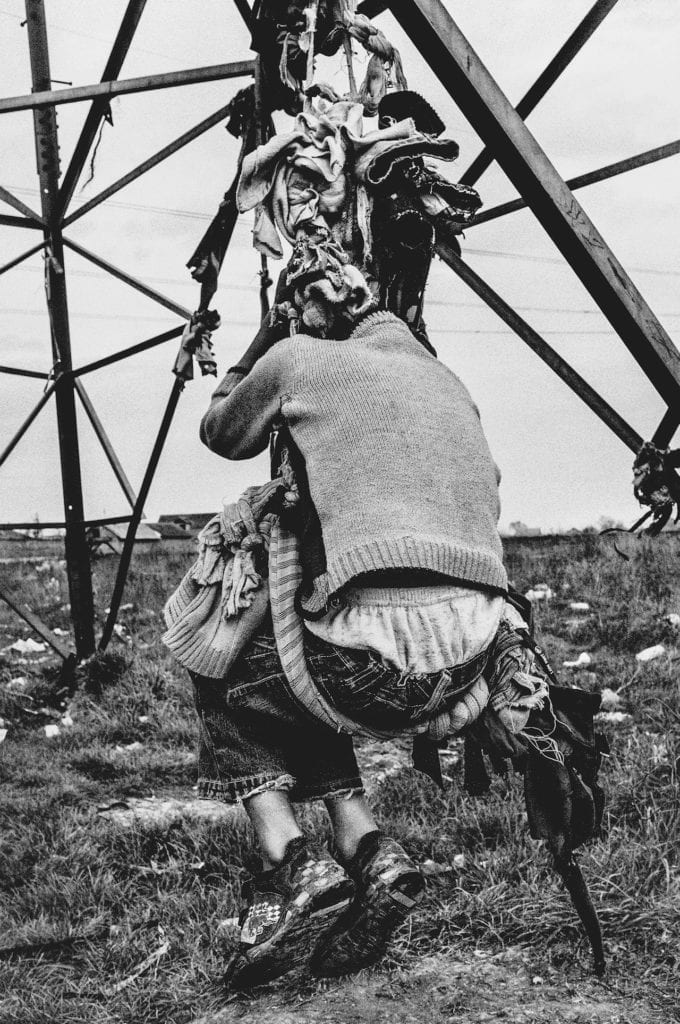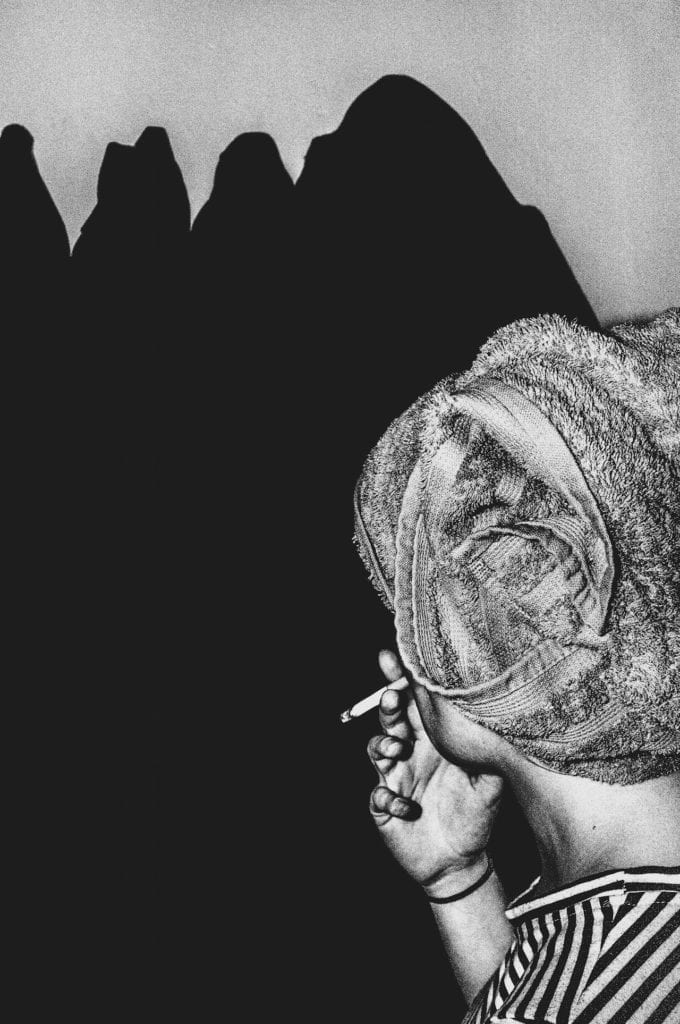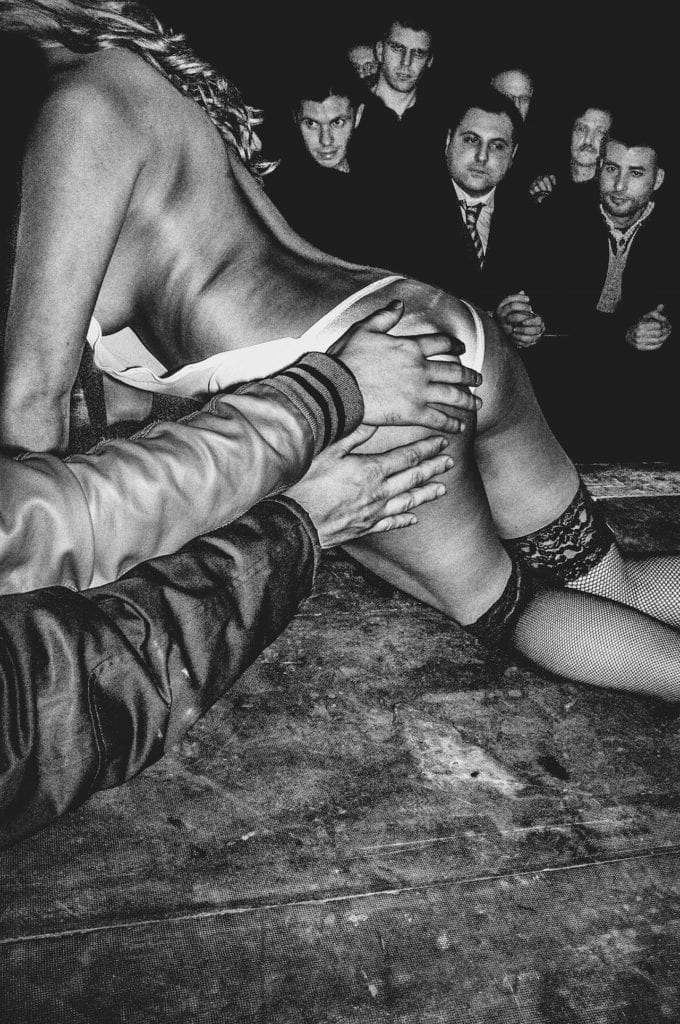“I was 13, standing on the balcony at home holding the first digital camera my family had ever owned. I was staring into the viewfinder trying to frame a flower, my eyes wide at its reproduction on the small screen,” says 30-year-old Francesco Merlini of the first picture he ever took.
“I was struck by the immediacy of the photographic medium, the ease with which you can create something visually pleasing.”
Merlini studied industrial design at Politecnico di Milano, and though photography featured in his life from an early age, he never considered dedicating himself to it. Like many of his generation, he used his camera for little more than documenting his life – his mates, girlfriends, trips.

“The turning point came in 2010 when I started working at Prospekt [the agency of which he is now a member] as a photo editor and sales manager. I started doing scans and photographing events, developing my own projects in my own time.
“Working with photographers and agency staff, I realised the strength of a photographer doesn’t lie in a single image but in the stories he tells and the ability to unite his own language with content to stimulate reflection.”

“When I work on personal projects, I’m generally not interested in documenting the truth or showing my subjects for who they are. I’m not interested in whether they are a person, place or thing,” says Merlini.
“What connects the images in Farang is that – having spent so much time working on projects in my comfort zone – they are the result of circumstances beyond my daily life. I didn’t try to document my subjects objectively; instead, I filtered them so that they were a reflection of me.
“I used reality as a mirror to reflect myself, imposing my perception on the veil that cloaks the subjects whose own reality I’ve discarded.

Georgiou is impressed. “I love the way Francesco has moved from extreme contrast in Farang to working completely within the grey spectrum in Le Tchad Dense,” he says.
Farang by Francesco Merlini is on show at Le 247 gallery in Paris until 25 March, part of the Festival Circulation[s] 2017 www.le247.fr www.festival-circulations.com
This article was first published in BJP’s Ones to Watch Talent Issue #7848 June 2016, which is available via www.thebjpshop.com

